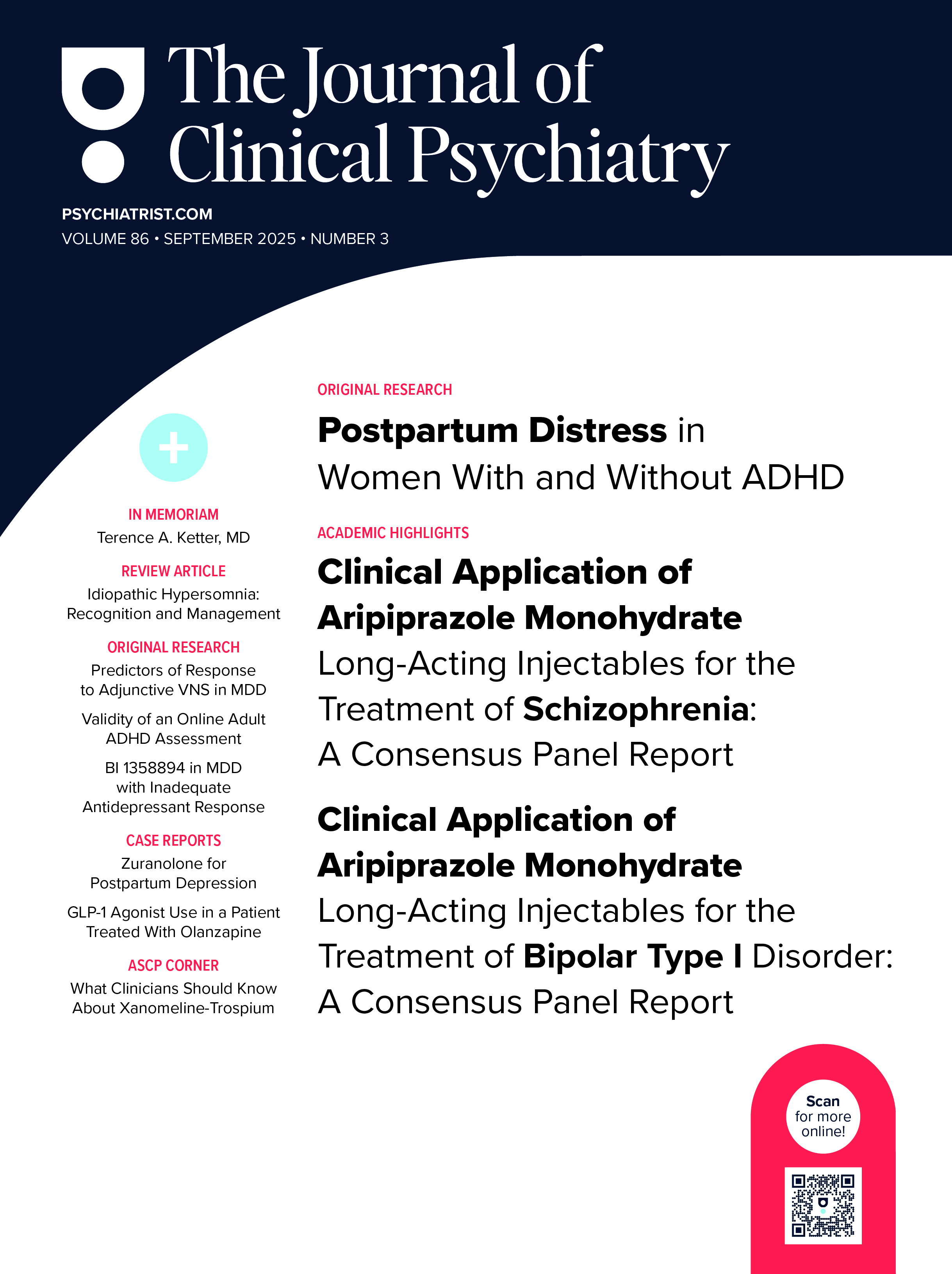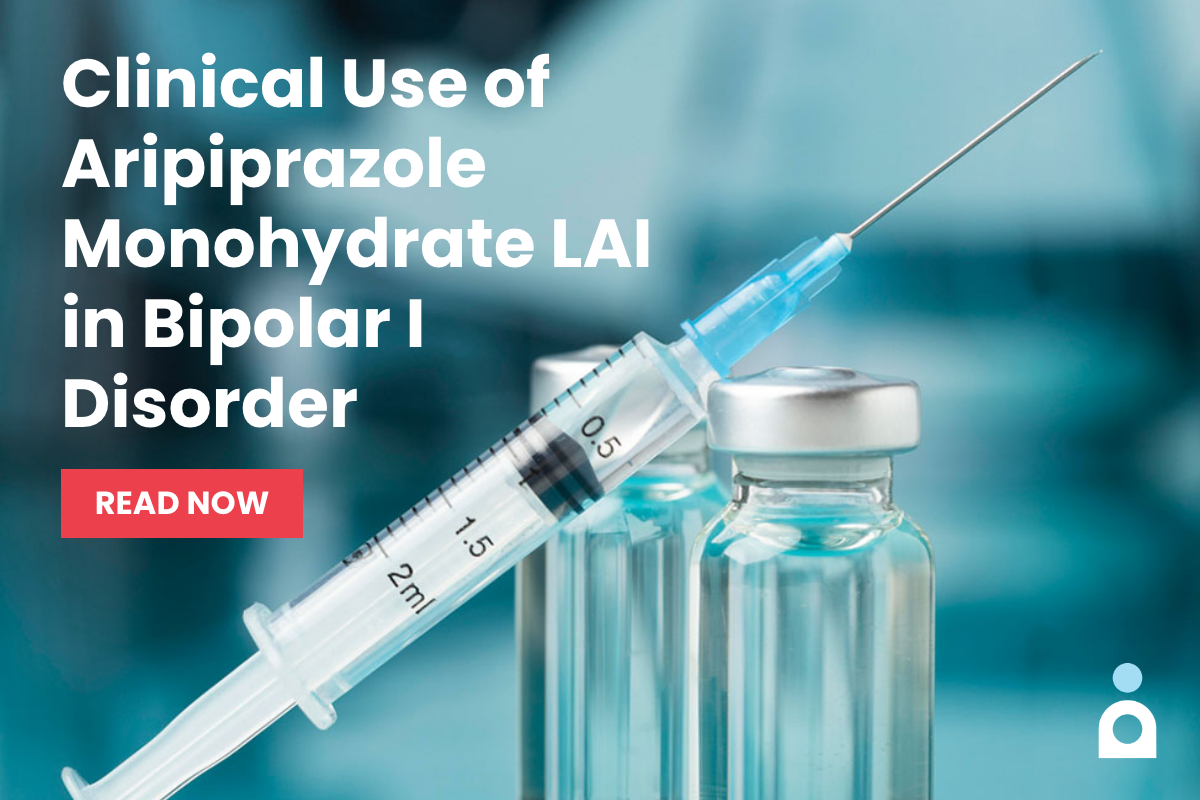Objective: We prospectively evaluated the short-term outcome and the predictors of response to electroconvulsive therapy (ECT) in a large sample of patients with a bipolar mixed state.
Method: From January 2006 to May 2011, we performed an analysis using data obtained from 197 of 203 consecutive patients with a bipolar mixed state, according to DSM-IV-TR diagnostic criteria, who were treated with ECT at the Department of Psychiatry of the University of Pisa. All patients were evaluated prior to and after the ECT course using the Hamilton Depression Rating Scale-17 (HDRS-17), Young Mania Rating Scale (YMRS), Brief Psychiatric Rating Scale (BPRS), and Clinical Global Impressions (CGI) scale. The CGI subscale “global improvement” and final HDRS-17 and YMRS total scores were used to identify nonresponder, responder, and remitter groups.
Results: At the end of the ECT course, 55 patients (27.9%) were considered nonresponders, 82 responders (41.6%), and 60 remitters (30.5%). As expected, at the end of the ECT trial, the CGI-Severity scale (CGI-S; P < .0001), HDRS-17 (P < .0001), and BPRS (P < .0001) scores were significantly lower in remitters than in responders and nonresponders. Using backward stepwise logistic regression, the length of current episode, lifetime comorbidity of obsessive-compulsive disorder, and baseline YMRS total mean score were statistically significant predictors of nonresponse versus remission (P < .0001).
Conclusions: Less than 30% of the patients included in the study were nonresponders to ECT. Long-lasting mixed episode with excitatory symptoms and lifetime comorbidity of obsessive-compulsive disorder significantly predicted a lack of complete remission.
Members Only Content
This full article is available exclusively to Professional tier members. Subscribe now to unlock the HTML version and gain unlimited access to our entire library plus all PDFs. If you’re already a subscriber, please log in below to continue reading.
Please sign in or purchase this PDF for $40.00.
Already a member? Login




